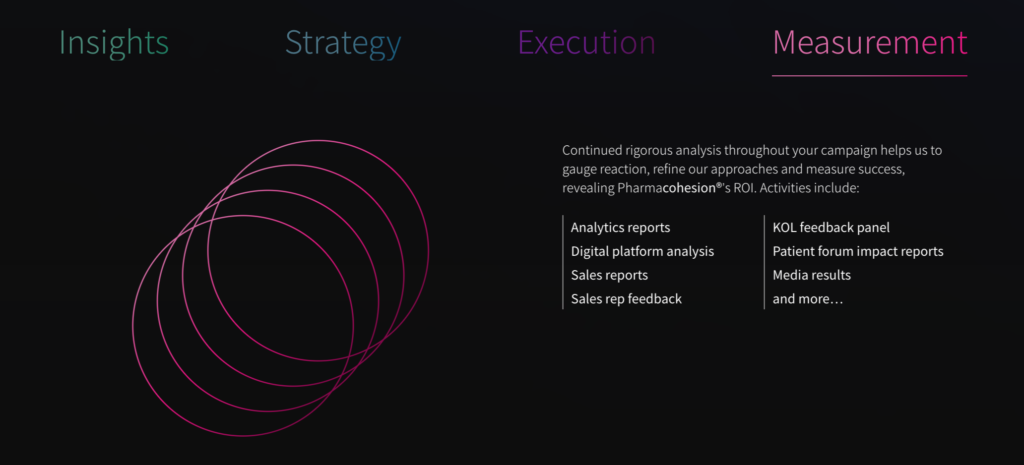The accurate medical review of all communications is a key pillar in all our work.
Our clients rely upon this step to ensure compliance, which not only makes sure all work is accurate, it helps to create and build brands in the correct manner.
The process of putting this work through review however, can be cumbersome. Here are just a few tips and tricks that we’ve learnt over the 300+ jobs we’ve uploaded in 2019 (more of our yearly numbers here). Some will resonate with agencies, others with medics and brand managers, and perhaps even Veeva can acknowledge opportunities to improve.
I thought it would be a worthwhile exercise to put it down on paper as any improved efficiency in work flows has a positive knock-on effect felt by all. The overall experience is positive, and this article is not designed to be negative – rather it is a quest for improvement!
3 key frustrations from an agency uploading/management perspective – and what we can do about them
- Time: Often there is time pressure to upload projects quickly, and there are no ways to cut corners because any inaccuracies will likely cause additional review rounds, thus defeating the purpose.
- Solution: build enough time in to our timelines to upload thoroughly, and help our clients understand that this is typically a time-consuming task. A 75 page slide deck with two or three references per slide can take as much as a day to upload depending on the complexity.
- Referencing anchors from similar jobs – unable to import: Surely this is the biggest frustration on the move from Zinc to Veeva? The inability to drag references highlighted in previous jobs into new ones, especially those that perhaps have the exact same content in sections, causes unnecessary delays.
- Solution: Veeva need to help here…
- The review process: It’s vital that all reviews are thorough and analyse all claims. We can also completely understand the frustration if references aren’t accurately anchored (see points 1&2). The biggest issue we often encounter is ambiguity in feedback/comments – a medical review comment may need clarity from the brand manager, but just sending it back to the agency without reviewing/clarifying the amend can cause delays because we have to then ‘take them offline’ to understand what’s required before heading back into the studio/medical writing teams.
- Solution: spending 5/10 more minutes reviewing internal/medical comments and clarifying can have a huge impact on the speed of a job. It’s like referencing on point 1 – spending a fraction more time to get it right first time, results in huge gains in efficiency. Across 300 jobs, one less round of review is time saved, money saved for our clients, and happier people all around!
I’m sure you agree we could all be better at this process, and we are always looking for ways to improve. If you have any thoughts or feedback on Promomats, we’d love to hear from you. Email me directly on Pav.Vilkhu@dice-comms.co.uk.



